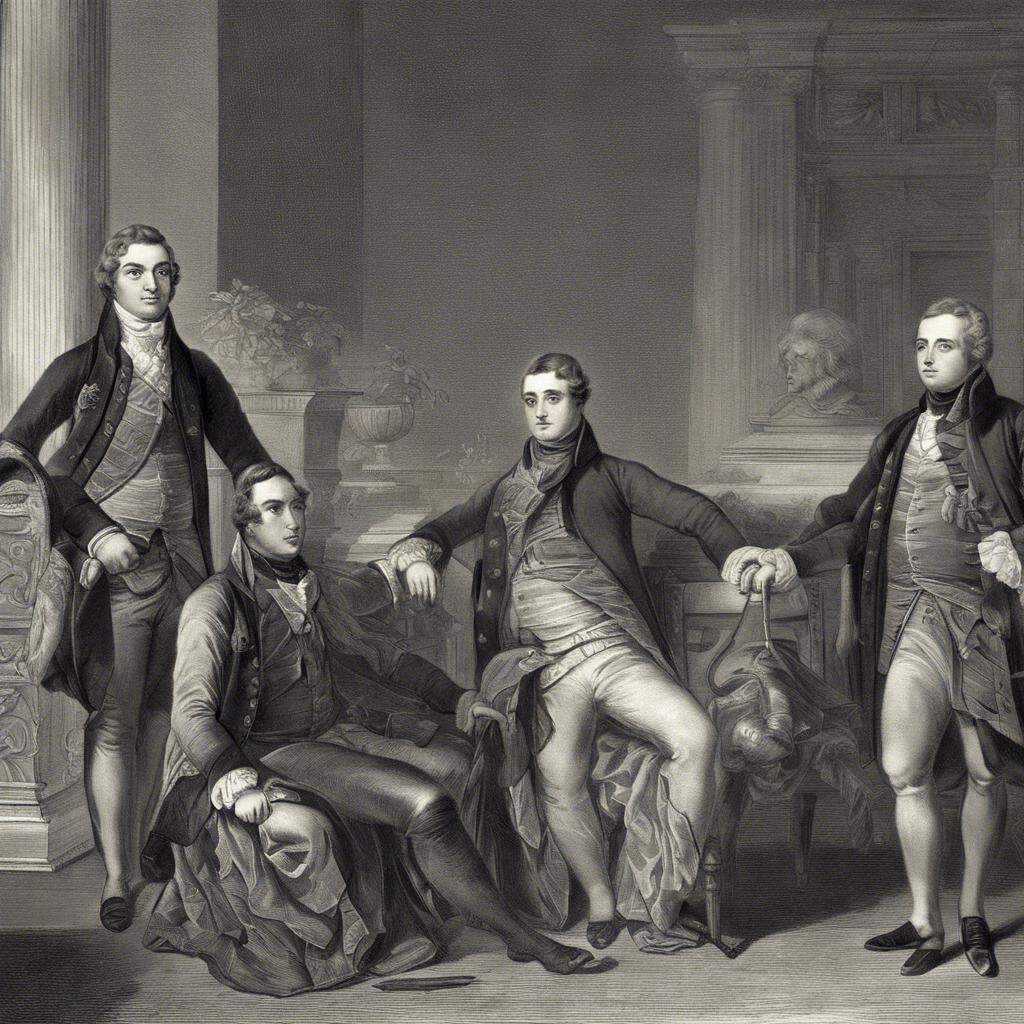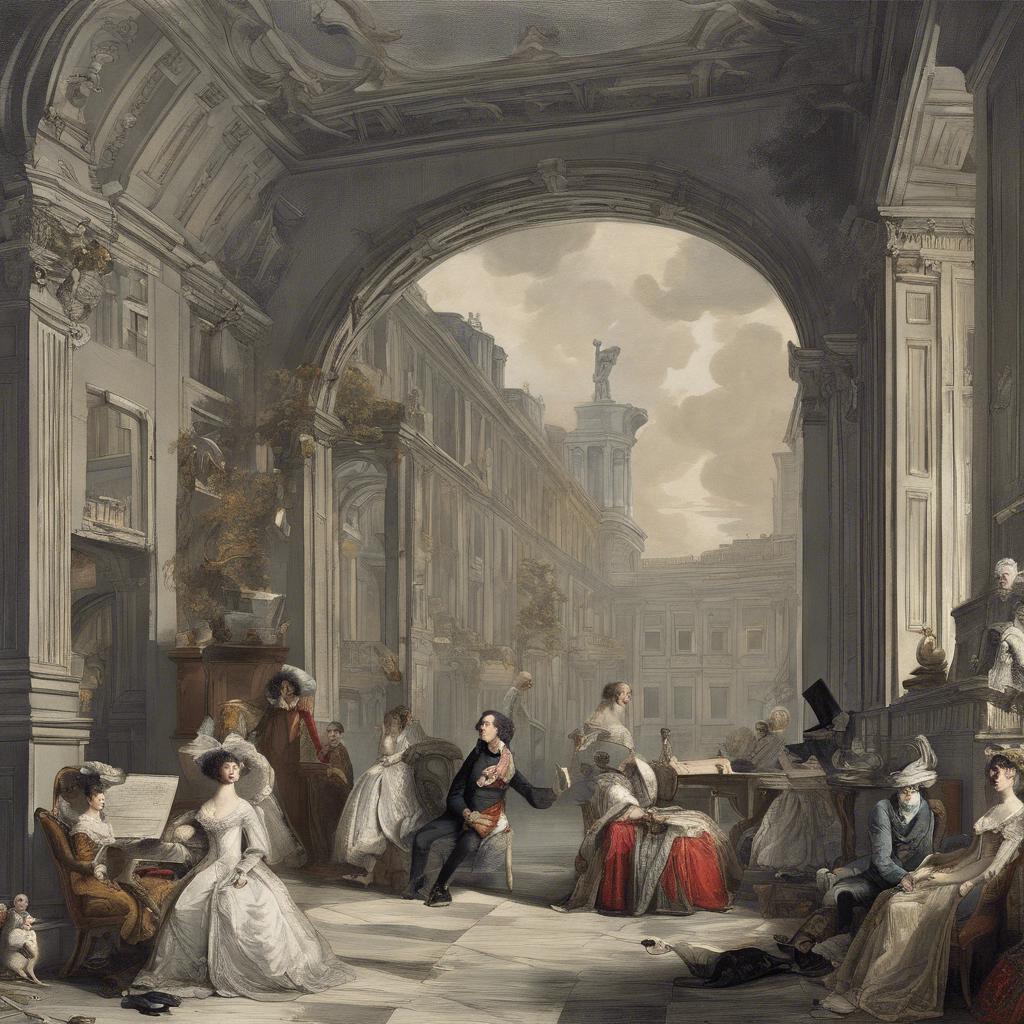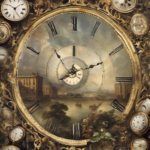Before the Regency Era in England, there was a turbulent period marked by conflict, revolution, and royal intrigue. As the country underwent significant political and social transformations, the seeds were sown for the era that would come to define the early 19th century. In this article, we will delve into the events and developments that shaped the landscape of England leading up to the Regency Era, shedding light on the influences and factors that set the stage for this pivotal period in history.
Step Into the World of Cheryl Bolen
Dive into the enchanting stories of love, intrigue, and elegance set in the Regency Era. Cheryl Bolen's novels offer timeless romance and captivating tales that will leave you wanting more.
Explore Cheryl Bolen's Books Now
Before the Regency Era: The Georgian Period and its Influence
The Georgian Period, spanning from 1714 to 1830, was a time of significant cultural, architectural, and social change in England. Named after the reigns of the first four British monarchs of the House of Hanover, the Georgian era was characterized by a focus on reason, elegance, and refinement. During this time, the Industrial Revolution began to take hold, leading to advancements in manufacturing, technology, and urbanization.
One of the key influences of the Georgian Period was the emergence of neoclassical architecture, inspired by the ruins of ancient Greece and Rome. Prominent architects such as John Nash and Robert Adam popularized this style, which can be seen in iconic buildings like the Royal Crescent in Bath and the Georgian townhouses of London. The emphasis on symmetry, proportion, and classical motifs reflected the ideals of order and harmony that defined the period.
In addition to architecture, the Georgian era also saw the rise of influential literary figures such as Jane Austen, Daniel Defoe, and Jonathan Swift. These writers explored themes of society, politics, and morality in their works, capturing the essence of the time. The Georgian Period set the stage for the Regency Era that followed, shaping the cultural landscape and societal norms that would define the early 19th century.
Exploring the Political Landscape Pre-Regency Era
In the period preceding the Regency Era, England was characterized by a tumultuous political landscape marked by power struggles, social unrest, and shifting alliances among the ruling class. The late 18th and early 19th centuries saw significant changes in the political structure of the country, with the monarchy, parliament, and the aristocracy vying for control and influence.
Key highlights of the political landscape before the Regency Era:
- The American Revolution: The loss of the American colonies in the late 18th century had a profound impact on British politics, leading to debates about imperial policy, taxation, and the relationship between the Crown and Parliament.
- The French Revolution: The outbreak of the French Revolution in 1789 sent shockwaves across Europe, with many in England fearing a similar uprising. The event sparked intense political debates about the role of the monarchy, the rights of the people, and the nature of government.
- The Napoleonic Wars: The series of conflicts between France and Britain, known as the Napoleonic Wars, reshaped the political landscape of Europe and had far-reaching consequences for England. The wars led to increased militarization, economic strain, and social upheaval, further complicating the country’s political situation.
| Political Players and Factions: | Player/Faction | Key Agenda | Influence |
|---|---|---|---|
| The Monarchy | Asserting royal authority | Moderate | |
| Parliament | Expanding parliamentary power | Strong | |
| The Aristocracy | Safeguarding aristocratic privileges | Declining | |
| Radical Reformers | Advocating for political reform | Emerging |
As tensions rose and power dynamics shifted, the stage was set for the Regency Era, a period defined by the Prince Regent’s rule and the continued evolution of England’s political landscape.
Social Customs and Traditions Leading up to Regency
The period leading up to the Regency era was marked by a variety of social customs and traditions that shaped the society of the time. Here are some key aspects to consider:
-
Etiquette: Etiquette played a crucial role in society, with strict rules governing behavior in social interactions. This included everything from how to address someone of a higher social status to the proper way to hold a tea cup.
-
Fashion: Fashion was a significant part of social customs, with clothing and accessories serving as a way to display one’s wealth and status. Women’s dresses were elaborate and often included corsets and layers of fabric, while men wore tailored suits and top hats.
-
Entertainment: Social gatherings were an important part of life leading up to the Regency era. These events could include balls, concerts, and dinners, where people would come together to socialize and network. Dancing was a popular form of entertainment, with elaborate dances like the quadrille and the minuet being performed.
| Aspect | Details |
|---|---|
| Language | French was commonly spoken among the upper classes as a sign of sophistication. |
| Marriage | Marriages were often arranged for social and economic reasons, with love being a secondary consideration. |
Transitioning from the Georgian Era to Regency: Key Factors and Events
During the Georgian Era, which spanned from 1714 to 1837, England saw significant social, political, and economic developments. The era was named after the reigns of the four King Georges – George I, George II, George III, and George IV. This period was characterized by a focus on architecture, literature, and culture, as well as the growth of the British Empire.
One of the key factors that led to the transition from the Georgian Era to the Regency Era was the death of King George III in 1820. With his son, George IV, taking the throne, a new era of fashion, manners, and societal norms began to emerge. The Regency period, lasting from 1811 to 1820, was marked by a more relaxed and refined lifestyle, influenced by the tastes and attitudes of the Prince Regent.
The Regency Era also saw the Napoleonic Wars come to an end with the defeat of Napoleon Bonaparte at the Battle of Waterloo in 1815. This victory had a significant impact on British society, leading to a period of peace and prosperity. The era is also known for its distinctive style of architecture, known as Regency architecture, which emphasized symmetry, simplicity, and classical design elements.
Final Thoughts
understanding the historical context that led to the Regency Era is essential for grasping the societal, political, and cultural developments of this transformative period in British history. By delving into the events and trends that came before the Regency Era, we can gain valuable insights into the factors that shaped the landscape of early 19th century England. Through an exploration of the Georgian era, the American Revolution, and the French Revolution, we can appreciate the complexities and contradictions of the Regency Era and the lasting impact it had on British society. By studying the past, we can better understand the present and illuminate the path towards the future.


